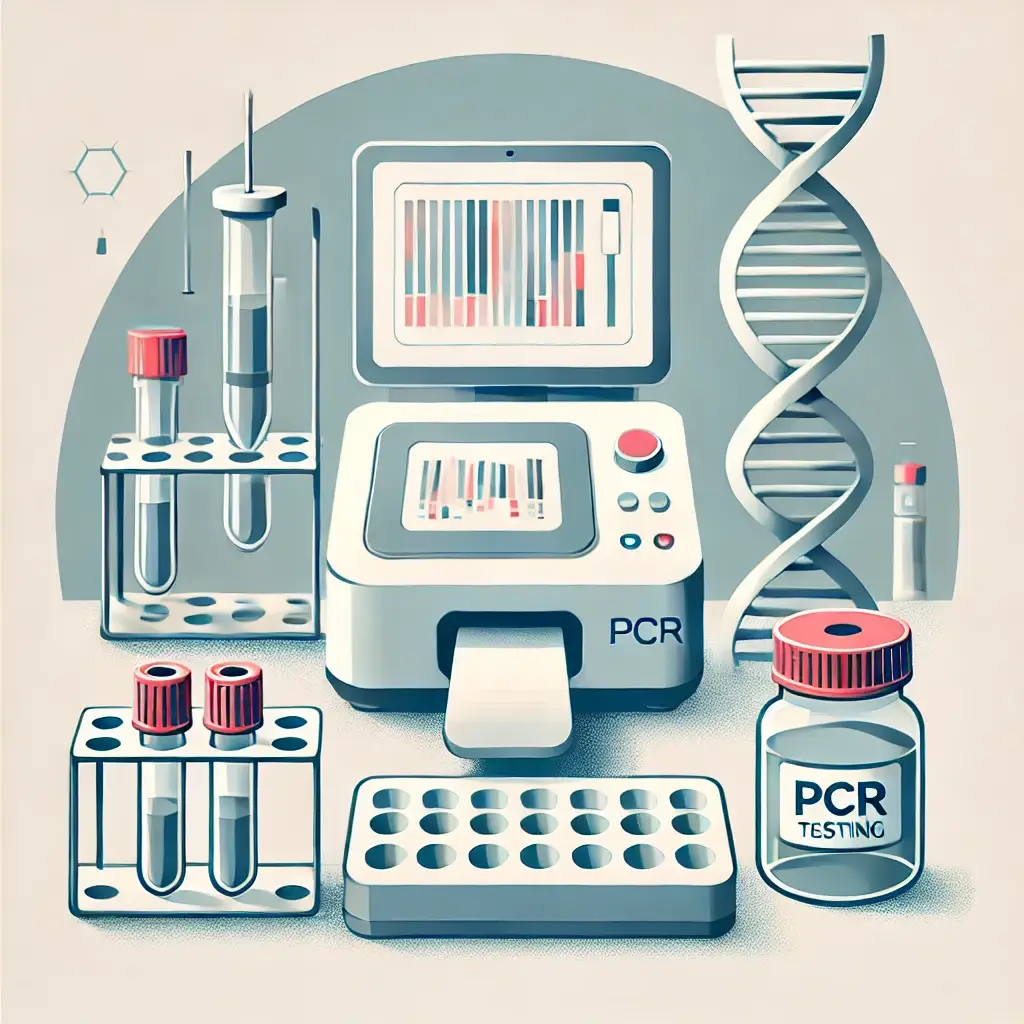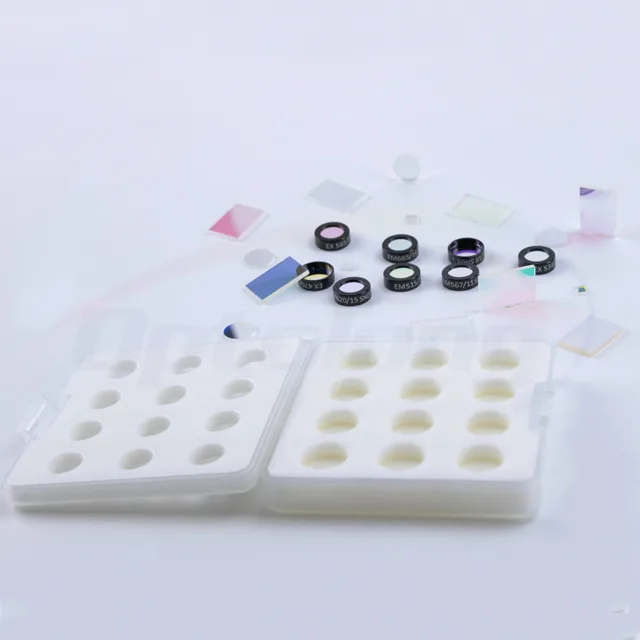Polymerase chain reaction (PCR) technology plays a very important role in molecular biology and medicine, especially in DNA amplification and detection. PCR technology can amplify specific DNA fragments, allowing scientists to conduct a wide range of analyses, including genetic testing, pathogen identification, and drug development.
In the PCR detection process, fluorescence signal detection is a key step in confirming the success of DNA amplification. As a core component of fluorescence detection equipment, optical filters can effectively filter out unnecessary light interference, thereby improving the sensitivity and accuracy of detection.
This article will explore the role of optical filters in PCR detection and explore how to enhance the performance of PCR detection through filter selection and optimization.
How PCR Testing Works

PCR is a technique that replicates DNA through temperature cycling. The process consists of three main steps: denaturation, annealing, and extension. In each temperature cycle, a specific DNA sequence is amplified.
To detect this amplification process, scientists usually add fluorescent dyes to the reaction, and the intensity of the fluorescent signal increases as the DNA amplification proceeds. The detection system determines whether the DNA has been successfully amplified by monitoring the changes in these fluorescent signals.
However, the fluorescent signal in PCR testing can be interfered with by ambient light and stray light emitted by the equipment. Therefore, using efficient optical filters is key to ensuring the accuracy of signal detection.
Types of Optical Filters and Their Functions
In PCR equipment, optical filters are used to filter excess light emitted by the light source so that only the target fluorescent signal can pass through to the detector. Common types of optical filters include single-band filters and multi-band filters.
- Single-band filter: designed to pass light on a specific wavelength, usually used for the detection of a single fluorescent dye. Its advantage is that it can accurately filter light of non-target wavelengths, thereby greatly reducing background noise.
- Multi-band filter: used in multiplex PCR, it can pass multiple wavelengths of light at the same time, suitable for detecting multiple fluorescent dyes. Multi-band filters can allow the coexistence of multiple fluorescent dyes in the same reaction system, reducing experimental time and cost.

Key Technologies to Improve PCR Signal Detection
To obtain accurate fluorescence signals in PCR detection, filters need to be optimized to improve signal sensitivity and reduce background noise. Here are some common optimization strategies:
Reduction of background noise: Optical filters can effectively filter out stray light and fluorescence of non-target wavelengths, thereby reducing background noise. This is especially important for detecting weak signals, such as signals in low-concentration samples or early amplification stages.
Signal enhancement: High-quality filters can increase the intensity of target fluorescence signals, allowing the detector to capture signal changes more clearly. In addition, the transmission efficiency of the filter also affects the intensity of the signal. The higher the transmittance, the better the detection effect.
Filter pairing in multiplex PCR: In multiplex PCR, different fluorescent dyes have different excitation and emission spectra. The correct combination and matching of filters can ensure that the signals of each dye are not interfered with by other dyes, thereby achieving accurate detection of multiple targets.
Performance of Optical Filters in Different PCR Applications
Optical filters are widely used in various PCR applications, especially in medical diagnosis and scientific research.
Application for Medical Diagnosis
PCR detection is widely used in disease diagnosis, the most typical example is the rapid nucleic acid detection of COVID-19. In such applications, accurate fluorescence signal detection is directly related to the reliability of diagnostic results. By using high-quality filters, PCR equipment can more accurately detect the amplification of viral RNA.
Application in Scientific Research
PCR technology is also a common method in scientific research fields such as gene expression research and mutation detection. Scientists conduct gene function analysis and genetic variation research by detecting the amplification of specific gene fragments.
Highly sensitive filters can help researchers obtain experimental data more accurately and improve the credibility of scientific research results.
Future Development Trends
As technology develops, optical filter technology is also constantly improving. The following are some possible development directions for optical filter technology in the future:
New filter materials: Most of the current optical filters are based on coating technology. The use of new materials in the future may further improve the durability and transmission efficiency of the filters.
Integrated PCR equipment: Further integration of filters and PCR equipment will improve the overall performance of the equipment and make the detection process more efficient and automated. For example, in portable PCR equipment, lightweight and miniaturized filters will help achieve rapid on-site detection.
Conclusion
Optical filters can significantly improve the detection efficiency and accuracy of fluorescent signals in PCR detection by selecting appropriate filters and optimizing their use. Whether in disease diagnosis or genetic research, the application of filters has greatly promoted the development of PCR technology.
To learn more about the application of optical filters, please visit the Optolong filter website and contact us online to obtain relevant information and accurate quotes!
For more information on optical filters, see this article: What is the optical filter?
